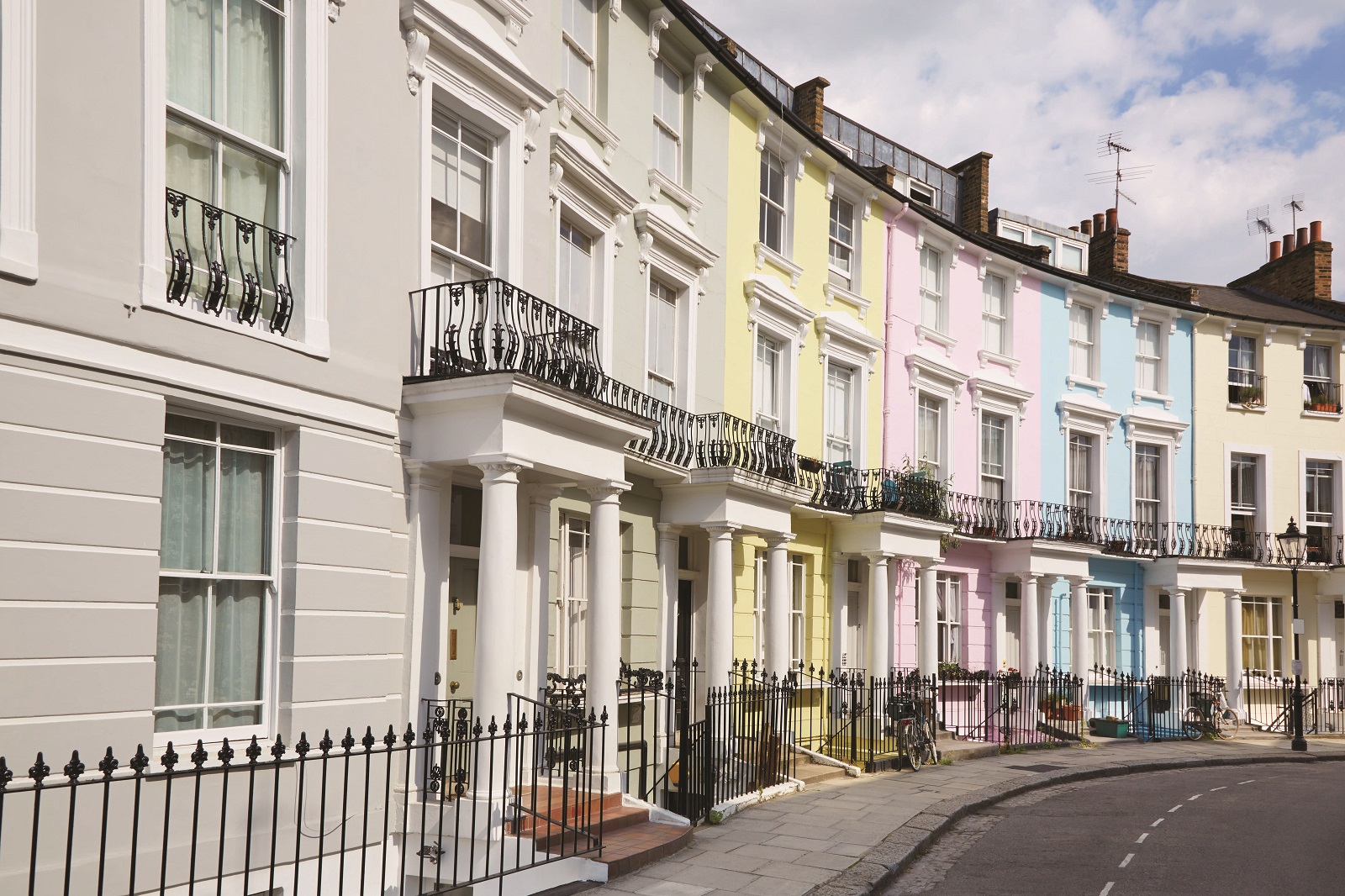The headline rate of house price growth across the country has been slowing since summer last year and transactions have also fallen from recent peaks.
There are several factors at play behind the recent slowdown in market activity – not least a lack of available homes to purchase. The supply of existing homes for sale through estate agents was near record lows earlier this year, while buyer demand is showing signs of rising.
This trend has increased focus on the delivery of new-build homes across the country. The number of new homes being built in recent years has risen, but still remains some way below the number needed to meet current demand – not to mention the large historical shortfall.
The shortage of housing stock available to buy coupled with ultra-low mortgage rates have put a floor under pricing across the UK, but the question of affordability is becoming more pressing in some areas, especially as lenders still expect sizeable deposits from buyers. As the UK moves closer to Brexit, any economic uncertainty could have a knock-on impact on the housing market, especially if wage growth and employment levels across the country are affected.

Prime London Sales
After several years of significant outperformance, demand in the prime London sales market has been dampened by rising transaction taxes, leading to a slowdown in sales in 2015 and 2016 and prices falling 6% in the two years to March 2017 in prime central London. The UK’s decision to leave the EU has created a degree of uncertainty, as will the pending UK General Election. However with lower asking prices and the pound trading at 14% below its level before the EU referendum versus the dollar, transaction volumes are recovering. We believe prices in 2017 will end the year unchanged in prime London and the volume of £1m+ sales in Greater London will be more than 10% higher in 2017 than 2016.
Prime London Lettings
Activity in the prime London lettings market has strengthened over the last two years due to the uncertainty surrounding taxation in the sales market. Demand is particularly strong below £1,000 per week as young professionals increasingly accept renting as a tenure model. Furthermore, corporate budgets have been tightened, which boosts demand at lower price points but means demand is weaker between £1,500 and £5,000 per week. Above £5,000 per week demand remains strong as uncertainty persists surrounding the impact of fiscal policy on the sales market. New supply has exceeded new demand due to the same uncertainty, meaning rental values have fallen in many areas, declining -4.9% in prime central London in the year to March 2017.
UK Rental Market
UK rental growth has eased slightly to 2.1%, down from 2.6% at the start of last year, but up from 1.4% in the summer of 2014. Rental growth in London has moderated to 1.6%, down from a high of more than 4% in 2015, while average rental growth outside the capital has climbed to 2.2%, up from 1.1% in 2015, led by the South East. In Scotland, a minimal 0.1% reversal in rental growth has been reported.
Tenant demand remains strong across the market, with a continued lack of supply in many markets. The changes to tax policies for buy-to-let landlords, with the gradual withdrawal of mortgage interest reliefs between now and 2020 could prompt a re-think for some smaller property investors who may choose to sell, although at the same time a significant level institutional investment is flowing into the sector. The increase in stamp duty for buy-to-let investors is likely to dampen trading within the market, further exacerbating the lack of property for sale. The attraction of rented accommodation for those who do not want a mortgage, as well as ongoing affordability constraints signal continued rental growth as demand expands.











